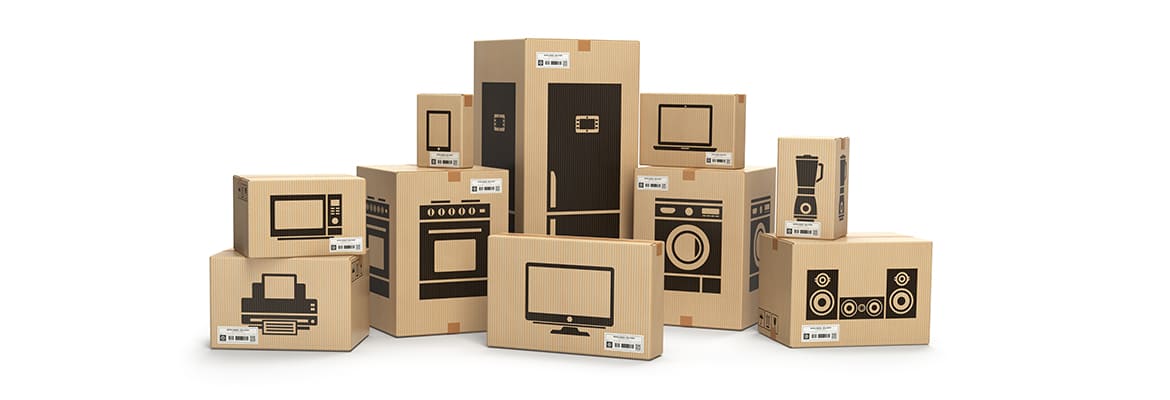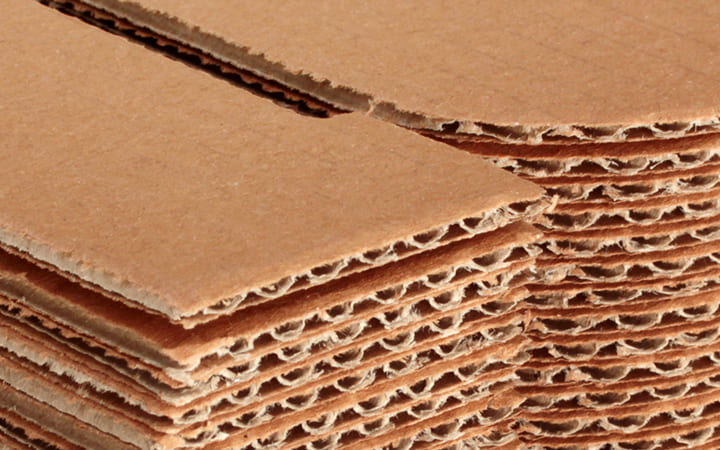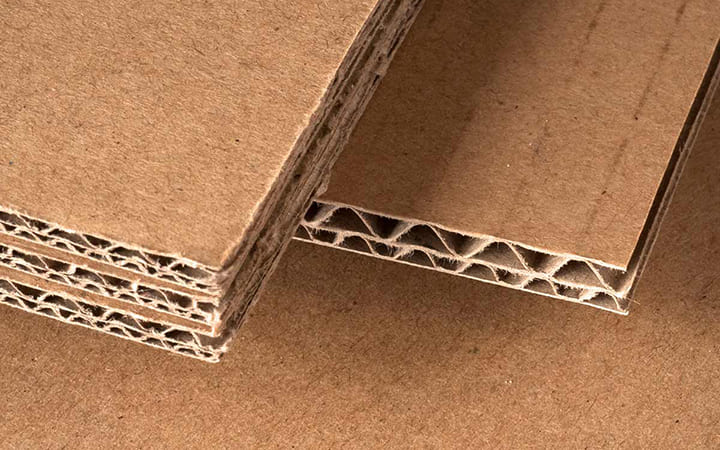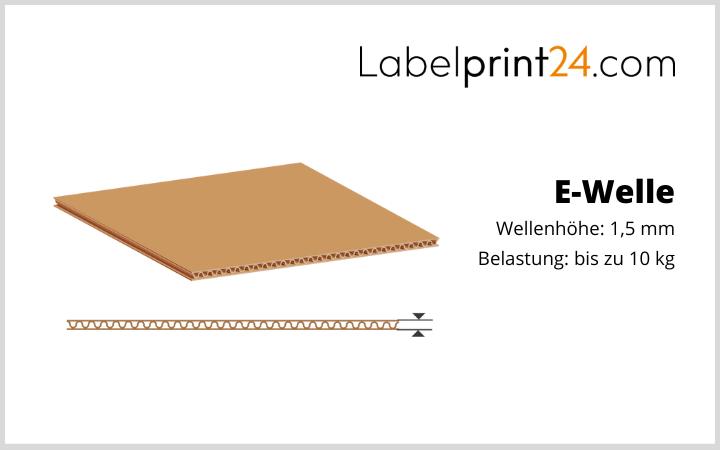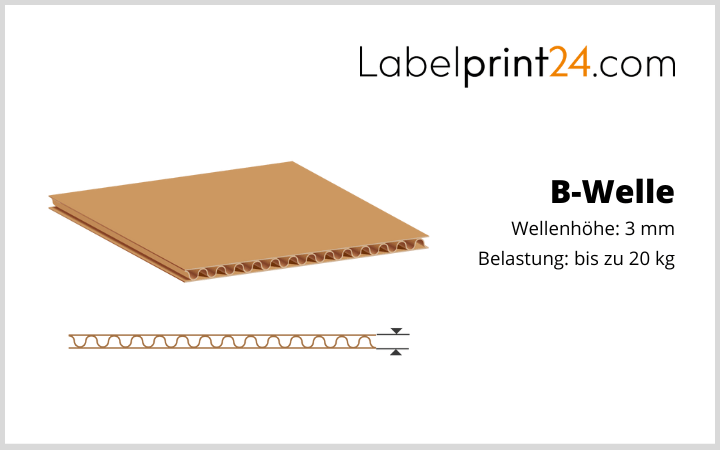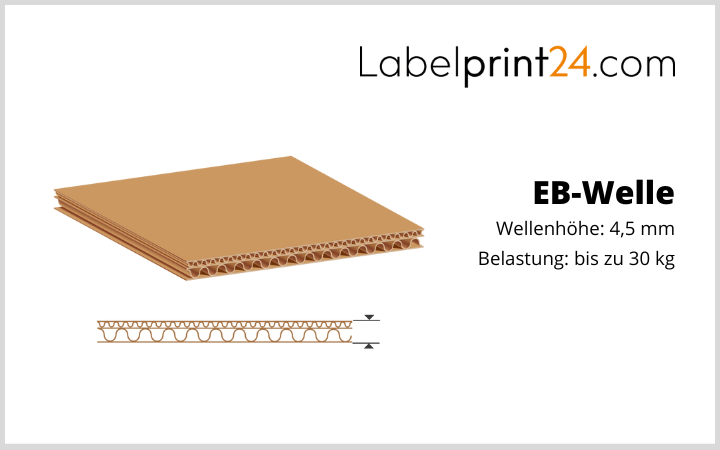Cartons by load capacity
Cartons by load capacity
Are you looking for a box that is precisely tailored to the weight of your products? Corrugated cardboard shipping packaging with different load capacities? Discover cartons by load capacity from Labelprint24.com!
- Exact load capacity for high stability and efficient transport
- Printed and unprinted in different corrugated types
- High recycled content for sustainable packaging
Choose your product and calculate it directly online!
- Production TimeStarting from 5 days
- MaterialE / B / EB flute
- Size100% customizable
- Load capacity22 / 44 / 66 lbs
Select kind of product
Why are cartons differentiated according to load capacity?
Products are diverse and differ not only in their type but also in their weight. To transport and store goods as cost-efficiently but safely as possible, it makes sense to differentiate their cartons according to load capacity. The more resistant and stable a carton is, the more expensive it usually is. So, it makes just as little sense to use comparatively expensive packaging with a load capacity of up to 30 kg for handkerchiefs or a cheaper carton with a load capacity of up to 10 kg for a hi-fi system.
The basic prerequisite for not exceeding the maximum load capacity is always the even weight distribution of the products within the box. The heavier the goods are, the more the use of additional filling material is recommended. This not only ensures an even load, but also fixes the products inside the box.
Cartons with a load capacity of up to 10kg
This packaging is made of single wall corrugated board of the type "E-flute". This type of corrugated board is also called "microwave" and is excellently suited as packaging for light goods such as containers of coffee, tea, other foodstuffs or even model kits or headphones. Goods weighing up to 10 kg are excellently protected despite the low load capacity of the box and can thus be transported and stored safely and cost-efficiently.
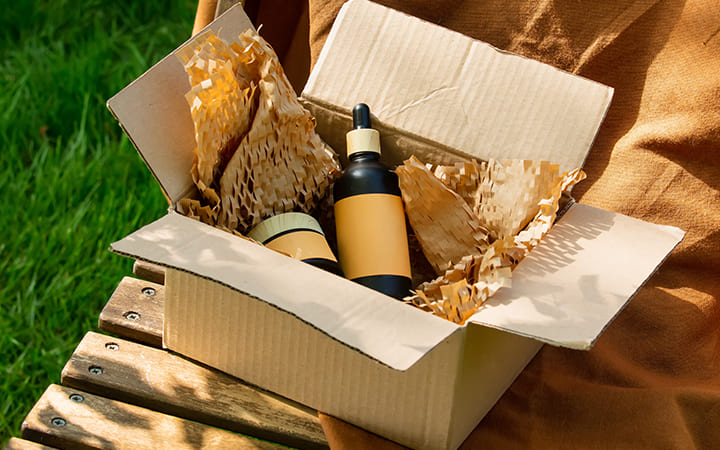
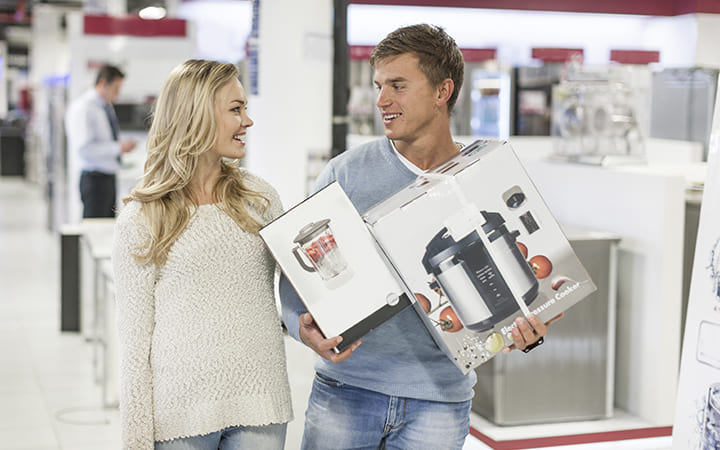
Cartons with a load capacity of up to 20kg
For medium-weight products such as bottle containers, music equipment, cast iron cooking utensils or small dumbbell sets, boxes with a load capacity of up to 20 kg are the best choice. At Labelprint24 we manufacture these variants from B-flute. This single flute type of corrugated board is also called fine flute. The strength of the material prevents products from slipping through the bottom or bending the packaging so that it can no longer be stored efficiently.
Cartons with a load capacity of up to 30kg
If your products are machine parts, large televisions or professional speakers, our boxes with a load capacity of up to 30 kg are ideal. Only double flute corrugated board is used here. Our EB flute is a combination of E flute and B flute. Here, both types of corrugated board are glued together with a smooth intermediate flute. The result is not only particularly robust but can also be printed excellently - because the fine and thus smoother E-flute is used here as the outer wall, while the more stable B-flute represents the inner wall of the EB-flute. This makes cartons with a load capacity of up to 30 kg perfect for attractive product packaging.
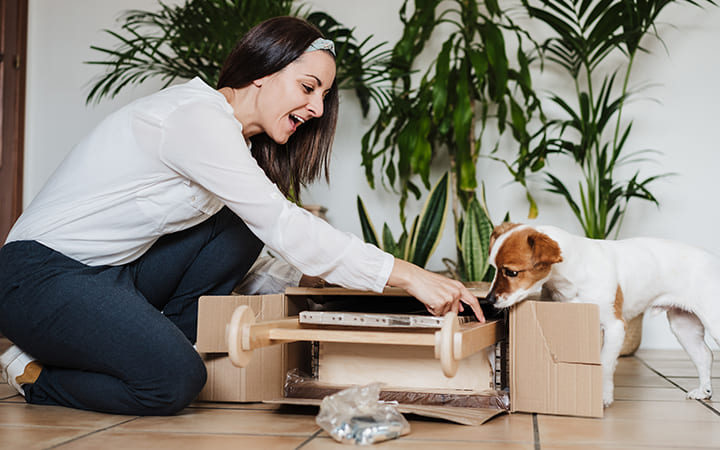
The special thing about cardboard boxes according to load capacity
Differentiating cartons according to their load-bearing capacities offers several advantages:
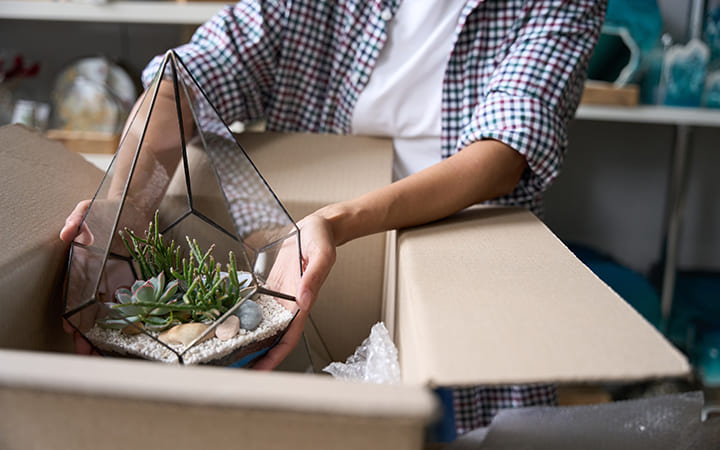
Protective function
For light goods that are also not particularly fragile, single flute cardboard is usually the best and most cost-effective choice. The so-called fine flutes have a flute height of 3.0 mm and a flute pitch of 4.8 mm. The load-bearing capacity is a maximum of 10 kg for the E flute, and 20 kg for the B flute, if the weight is evenly distributed. This provides sufficient protection for the goods inside. However, due to the small air cushions of the microwave and the fine flute, this type of corrugated board does not offer as much protection against pressure or falls as a larger flute. Here, the double flute EB corrugated with a maximum load capacity of up to 30 kg has a clear advantage.
Storage
Cartons are usually stored in stacks. The load capacity of a carton also affects how well they can be stacked and how much pressure they can withstand. Therefore, it is also important and sensible from a logistical point of view to differentiate cartons according to their load capacity. If a carton with too low a load-bearing capacity has been selected for a product, the bottom may break when it is lifted. If too many of these cartons are stacked on top of each other, it can also happen that the lower cartons cannot withstand the weight of the upper ones. As a result, this can lead to damage, delays and unnecessary extra costs.
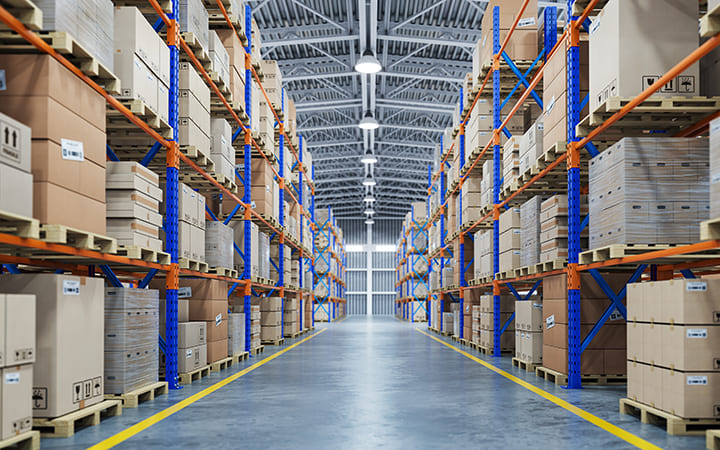
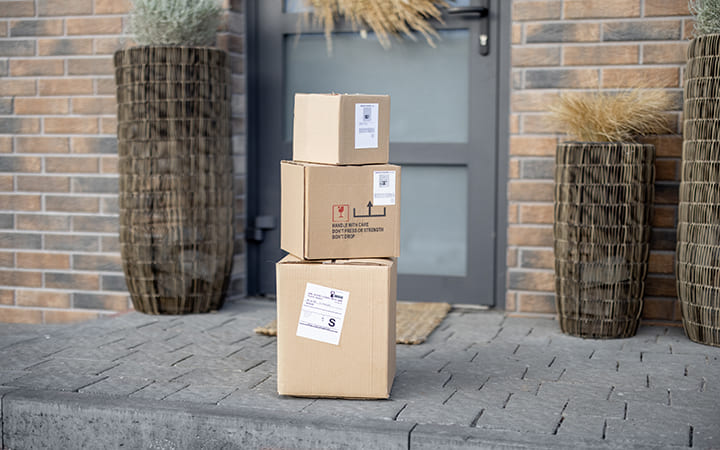
Costs
Cost efficiency is a central point in every company that must be constantly optimised. In logistics, for example, it can be checked whether the product or shipping cartons have been sensibly selected according to their load capacity or whether there is potential for savings here. If cartons are selected for robust and light goods that are oversized in terms of their load capacity, this decision will result in considerable cost-saving potential. Therefore, always calculate exactly how high the load capacity of your cartons must be to achieve the best result - in terms of protection, storage and costs.
Our large selection of boxes by load capacity
At Labelprint24 you will find a large selection of cartons with different load capacities, which in turn result from the material selected in each case. For all models you can choose between E-, B- and EB-flute.
The folding box with tuck-in flap is one of the classics in the field of product packaging. This is due to its easy handling, because it can also be filled automatically and is used, for example, for foodstuffs such as noodles or cornflakes. At Labelprint24 you can also get this variant with offset flaps (FEFCO 0211) or with opposing flaps (FEFCO 0211).
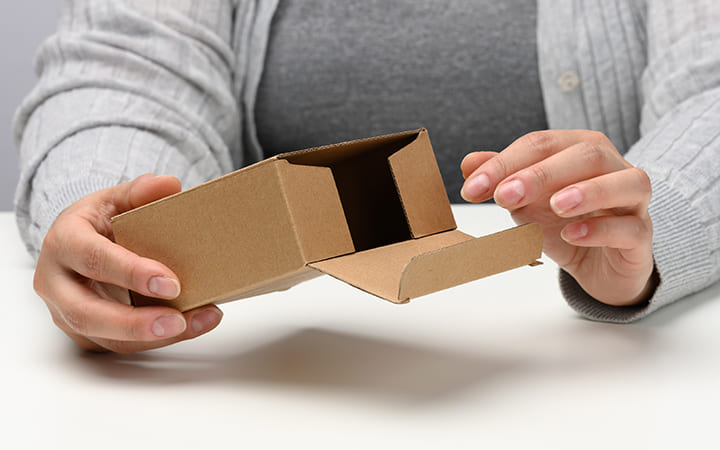
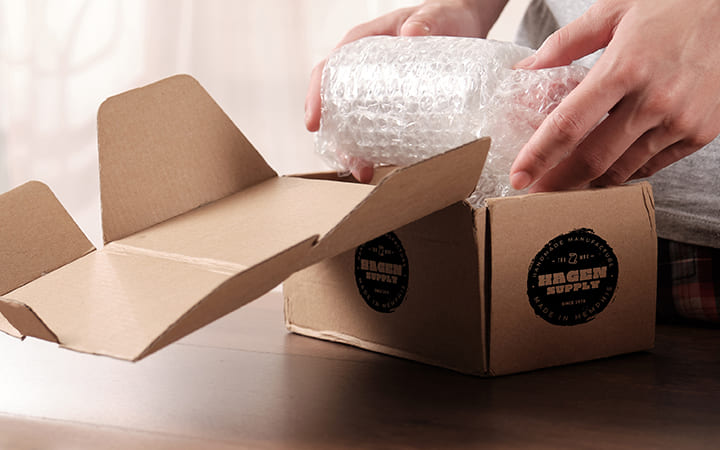
Our hinged lid box is even easier to open thanks to the hinged lid, which makes it particularly popular on the customer side. The unboxing experience is thus optimally supported and can even be extended by fully printing the flap lid from the inside. It is perfect for higher-value goods such as cosmetics or jewellery.
Due to its design, the FEFCO 0215 folding box with insertable base is suitable for particularly heavy goods. The bottom is plugged together and thus offers excellent stability. This model is used, for example, as product packaging for spirits.
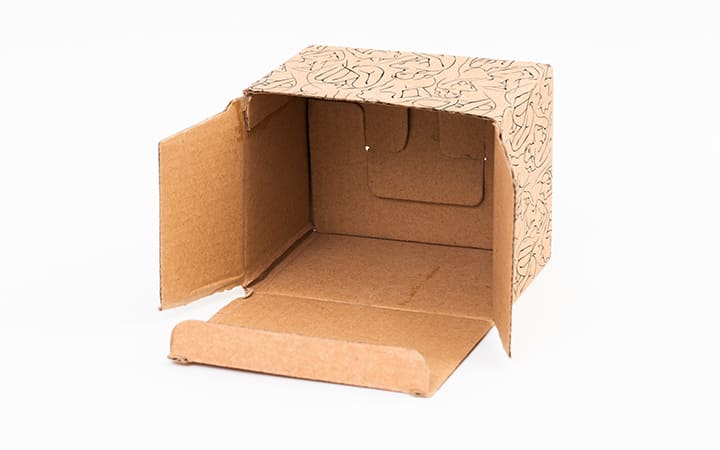
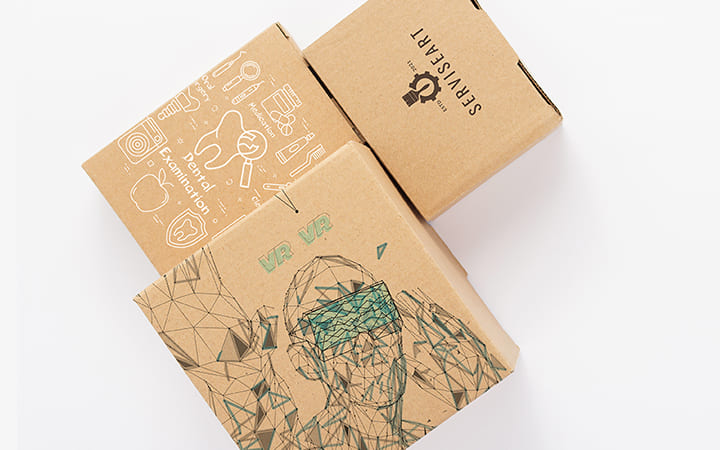
The folding box with automatic bottom of type FEFCO 0713 is similar. However, the bottom is already glued in place and automatically erects when folded out. This model thus offers the same stability as the folding box with push-in bottom but is even easier to handle.
Our shipping carton with automatic base and adhesive strip is particularly well suited for e-commerce. This is sealed before dispatch by the adhesive that has already been applied. The customer only must tear open the packaging along the punched line to open it.
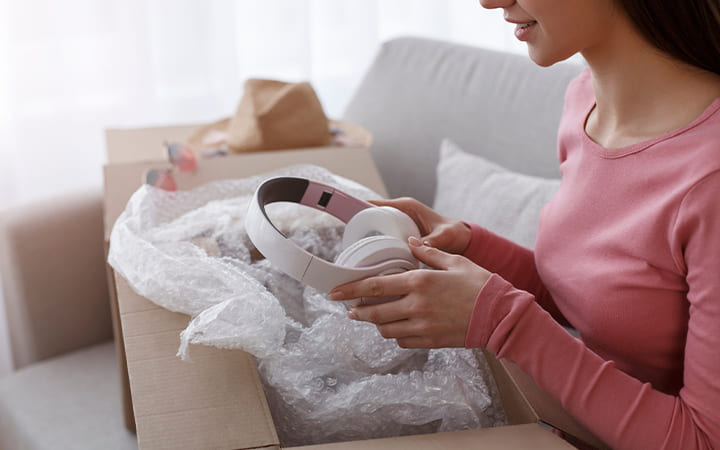
Materials from which our corrugated board is made
We use various types of paper to produce our corrugated board, which can be differentiated according to the desired resistance, the costs or the intended use.
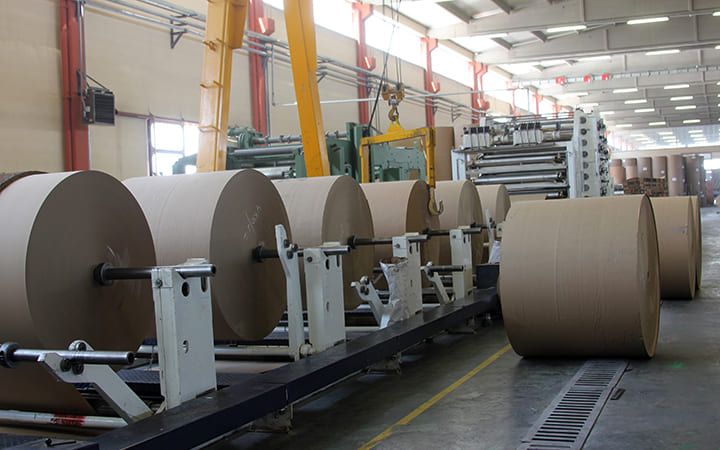
Bogus paper
This is a lightweight liner paper with a grammage of up to 140 g/m2. It is usually made from wastepaper and is mainly used as an intermediate cover for double wall corrugated board.
Testliner paper
Also mostly made from wastepaper, but also from corrugated board waste. This type of paper is multi-layered and has a grammage of up to 200 g/m2.
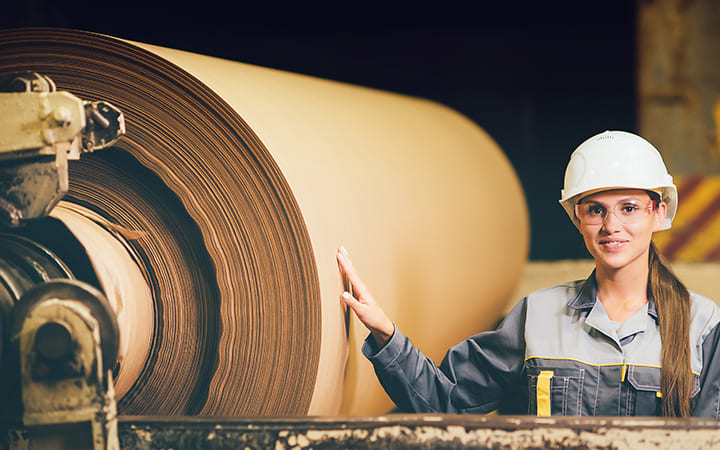
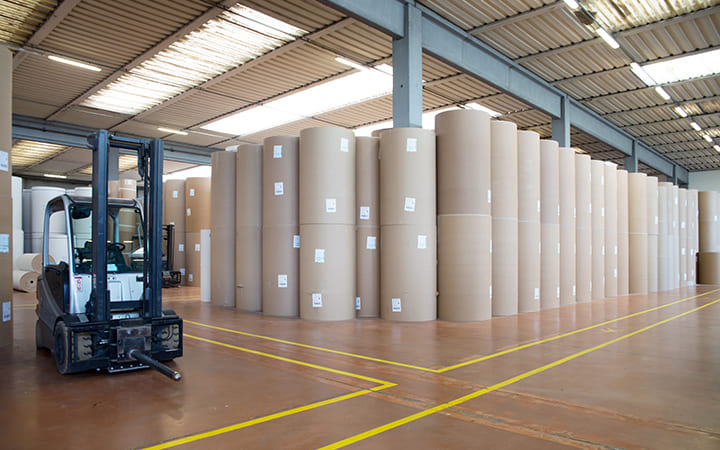
Kraft liner paper
In contrast to the previously mentioned materials, kraftliner usually has a high fresh fibre content and is thus particularly stable. Compared to fibres from recycled paper, virgin fibres are very long and thus interlock even better and stronger. Kraft liner has a grammage of up to 400 g/m2 and is mainly used for packaging for very heavy goods. Another advantage: the high proportion of virgin fibre means that packaging tape adheres better. Kraft liner paper is also somewhat easier to print on than the other two alternatives.

